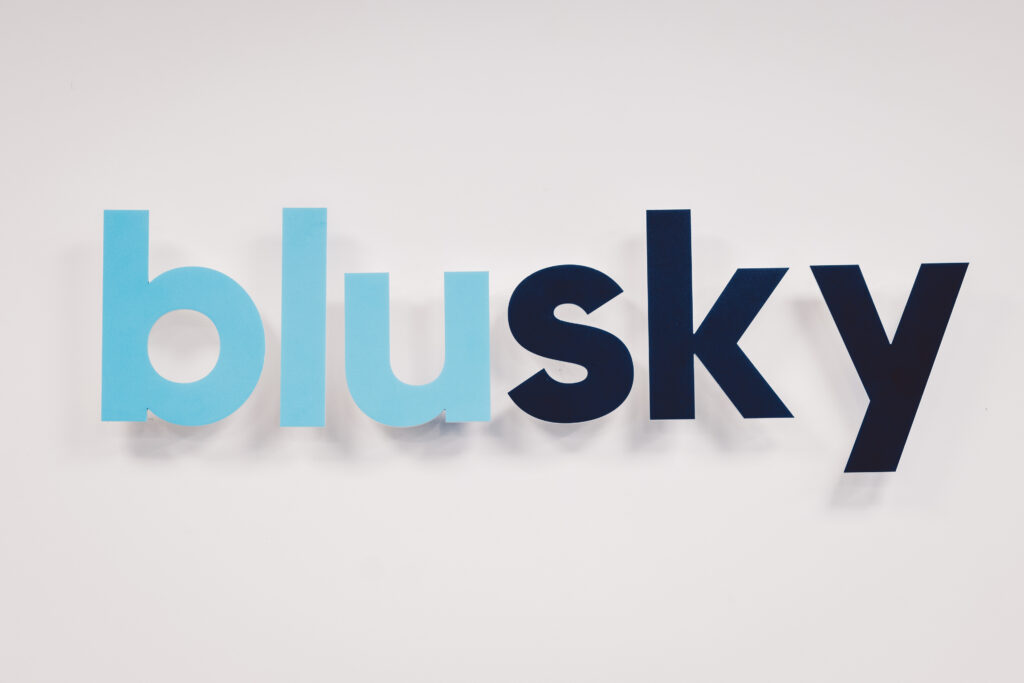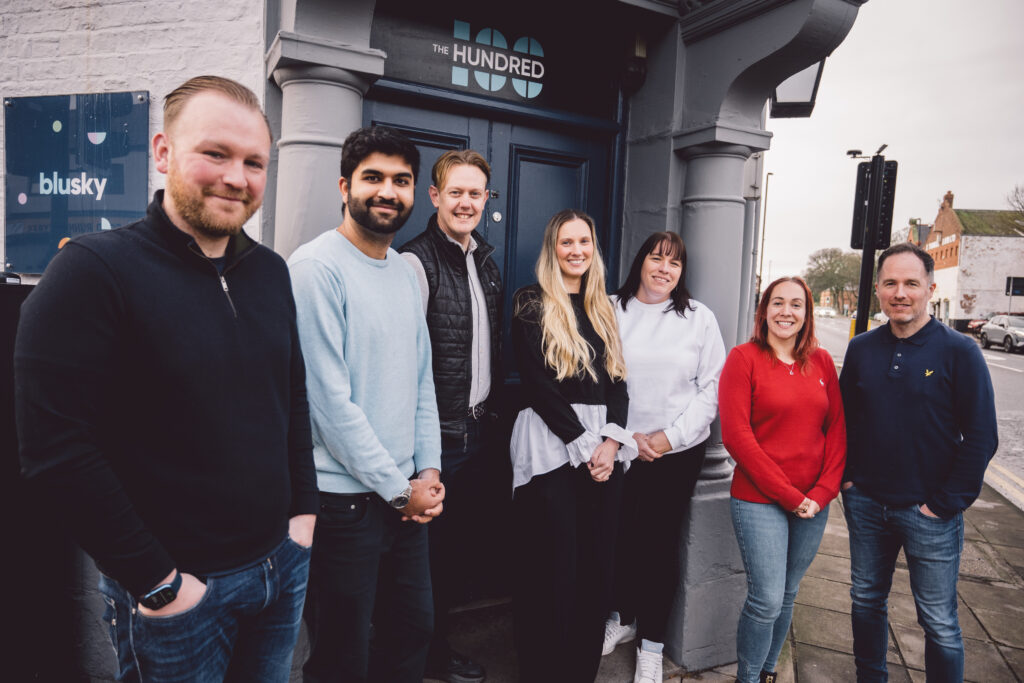If you’re thinking about raising investment through SEIS or EIS, and you know the name of your investors, you can also apply for Advance Assurance with HMRC. Advance Assurance gives peace of mind to your investors as it shows that based on the criteria met, your company will be eligible to claim SEIS or EIS relief. You may want to read our previous blog “Is advance assurance for SEIS totally pointless?“.
We’re going to answer the top 10 questions we receive on SEIS and EIS by companies and investors.

What are SEIS and EIS?
The SEIS and EIS schemes are initiatives designed to help companies raise investment in the early years of starting up. By offering generous tax relief to investors, these schemes encourage investors to invest in qualifying companies.
The investment must be used within 3 years from the share issue date and must be used for either trade or research and development.

What are the main criteria to be eligible for SEIS?
There are a number of conditions that a company must meet in order to qualify for SEIS investment.
A company must have a permanent establishment in the UK, pay UK corporation tax, and they can’t be controlled by another company. They must also have less than 25 full time employees.
The trade needs to have been carried out for under 2 years, and needs to be classed as a qualifying trade. There are certain trades and activities excluded from applying for SEIS, such as financial activities, property development and leasing or letting.

How much SEIS can a company raise?
A company can raise £150,000 under SEIS within the first 2 years of trading. After the SEIS allowance has been used up, or 2 years of trade have past, EIS shares can then be issued. The limit for EIS is £5 million within a year.

How much can a single investor invest?
Investors can invest up to £100,000 in a tax year. This money can be spread over multiple companies and doesn’t have to be invested in the same company.

Can investors claim tax relief on their investments?
Investors investing under SEIS can claim 50% of their tax back in the year they invest or the previous year – but they must be a UK tax payer to claim the relief.
Under EIS, investors can claim 30% tax relief back.

How does SEIS work with EIS?
SEIS and EIS are complimentary to each other. Once the SEIS allowance has been used or trade has been carried out for more than 2 years, EIS shares can then be issued.
However, once EIS shares are issued, you can’t go back and issue any more SEIS shares, even if you still have some of the £150,000 allowance left.
SEIS and EIS shares must also be issued on separate days.

What are the conditions for the shares?
SEIS and EIS shares must be ordinary shares with no preferential rights for dividends or upon winding up. The shares must also be fully paid for in cash up front.

Can relief be lost?
There are a number of conditions that must be met in order for relief to be claimed. Investors must hold on to the shares for at least 3 years and no extra value must be received from the company in this time. The company must also meet the conditions of the scheme for the 3 years.

How much of the share capital can an investor have from a company?
An investor, including parents, spouse and children, can’t have more than 30% of the shares in a company.

Can I invest in a family business?
Parents, spouses and children can’t control or own more than 30% of shares in a company. However, siblings are excluded from this and can invest more.
Remember that SEIS and EIS can be complicated, and there are certain conditions and requirements that individual companies and investors must meet in order to be eligible to claim relief. If you are thinking about raising investment, or investing in a company and have any questions, please don’t hesitate to contact us.
Dave and Jon recently hosted a video session where they chatted about SEIS, you can watch it below.


